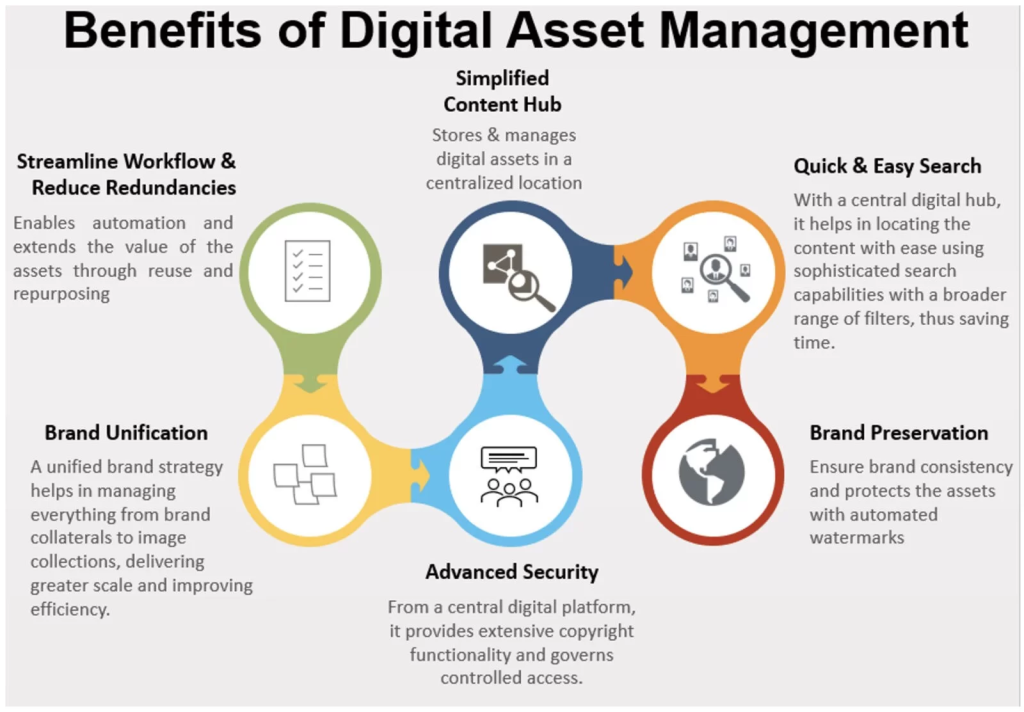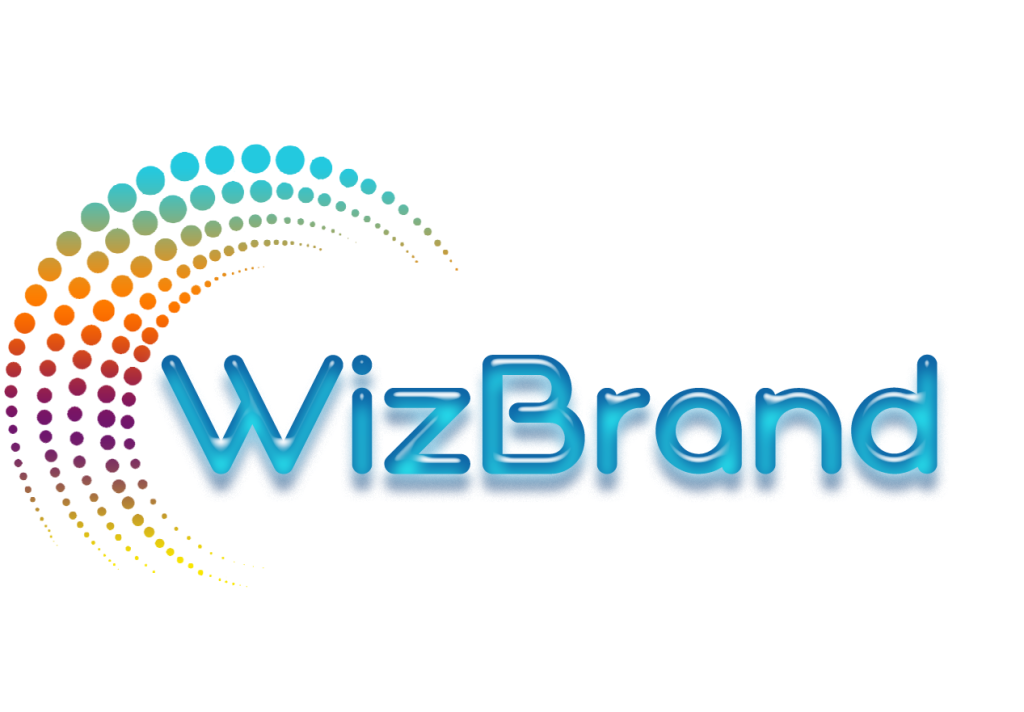
In the fast-paced world of digital marketing and content creation, managing your assets effectively is crucial. With the explosion of digital content across businesses, teams face increasing challenges in storing, finding, and tracking these assets. Traditional file systems simply aren’t equipped to handle the growing complexity of digital content. This is where Digital Asset Management (DAM) systems come in, offering a powerful solution to organize, store, and track digital assets in one centralized system. One of the most powerful features of any DAM system is metadata, which enhances your ability to search for and track assets, driving productivity and streamlining workflows.
In this blog, we will explore how metadata in DAM systems works, its importance in smarter searches and asset tracking, and how Wizbrand, a leading DAM platform, is helping businesses leverage metadata for better asset management.
What Is Metadata in DAM?
At its core, metadata is data that describes other data. In the context of Digital Asset Management, metadata refers to the information that provides details about your digital assets, such as images, videos, documents, and more. This information may include:
- File type (image, video, PDF)
- Date created
- Author or creator
- Keywords and tags
- File size
- Location (e.g., project, department)
- Version number
Without metadata, finding assets in a large collection can become cumbersome and inefficient. Metadata makes assets easier to locate and manage, offering a much-needed structure and context to every file stored in a DAM system.
How Does Metadata Enable Smarter Search?
One of the most significant advantages of metadata is its ability to supercharge the search functionality within a DAM system. In traditional storage systems, you might rely on folder structures and file names, which are often insufficient and prone to errors. With metadata, however, searches are more efficient, flexible, and precise, allowing teams to locate assets faster and with greater accuracy.
1. Advanced Search Filters
Metadata allows you to tag assets with specific keywords, descriptions, and categories. This means users can search for assets using these criteria, making the process much faster than traditional methods. For instance, you can search for all images related to a specific campaign or filter by assets created in a particular month or by a specific team. Wizbrand makes it easy to define and add relevant metadata, empowering users to search using multiple criteria for a more refined and precise result.

2. Multifaceted Search Criteria
Beyond searching for one specific piece of metadata, you can perform searches using multiple filters. For example, a content team may need to find video assets created last quarter, related to a specific product, and optimized for mobile. Metadata allows you to combine these parameters and find exactly what you’re looking for with just a few clicks. Wizbrand offers highly customizable search options, enabling businesses to perform complex queries without hassle.
3. Consistency and Accuracy
One of the challenges with traditional asset management methods is ensuring that files are named and categorized consistently. Manual file naming can lead to errors and duplicate files, causing confusion. Metadata solves this issue by enforcing consistency in the way assets are tagged and organized. Wizbrand ensures that all files are tagged with standardized metadata at the time of upload, which helps maintain accuracy and consistency across the entire asset library.
How Does Metadata Enhance Asset Tracking?
Alongside search optimization, metadata plays a pivotal role in asset tracking. As organizations grow and content libraries expand, managing the usage and versions of digital assets can become overwhelming. Metadata enables better tracking of who used what assets, when, and for which purpose. This is crucial for ensuring proper use, version control, and compliance.
1. Version Control
Assets often go through multiple iterations. Whether it’s a logo, brochure, or social media graphic, version control is necessary to ensure that teams always use the most current version. With metadata, each version of an asset can be tagged with a version number or creation date, allowing users to quickly identify which version is the most up-to-date. Wizbrand’s robust metadata system makes version control seamless, reducing the risk of using outdated content.
2. Tracking Usage and Access
In larger organizations, multiple teams and departments access digital assets. Being able to track which team used an asset, and for which project, can save a lot of time when auditing content or assessing content performance. Wizbrand allows users to track assets across different projects, so you can see where and how each asset has been utilized. This helps improve accountability and streamlines content repurposing.
3. Linking Assets to Specific Campaigns or Projects
Tracking assets used in specific campaigns or projects is also possible with metadata. If you need to know which assets were used for a particular marketing initiative, you can filter by metadata tags that link the asset to the campaign or project. Wizbrand lets you easily connect assets with the right campaigns, improving organization and simplifying workflows.
Why Wizbrand Stands Out in DAM Metadata Management
When it comes to leveraging metadata to streamline digital workflows and asset management, Wizbrand stands out as a leading Best Digital Asset Management Software. Wizbrand offers a highly customizable and intuitive DAM solution that makes metadata management straightforward, even for teams without technical expertise.

With Wizbrand, businesses can:
- Simplify the organization of digital assets with detailed metadata tagging
- Conduct faster, more accurate searches with customizable metadata fields
- Track asset versions and usage to ensure proper content management
- Link assets to campaigns or projects for enhanced visibility and collaboration
Whether you are managing a small content library or an enterprise-scale asset repository, Wizbrand provides the tools you need to improve productivity, streamline workflows, and enhance team collaboration.
Conclusion
Metadata is a game-changer when it comes to Digital Asset Management. It unlocks powerful search capabilities, simplifies asset tracking, and enhances the way teams collaborate. With Wizbrand, businesses can leverage the full potential of metadata to optimize their asset management processes.
If you’re ready to unlock smarter search and asset tracking, explore Wizbrand today and discover why it is considered one of the Best DAM Tools in the world for modern businesses.